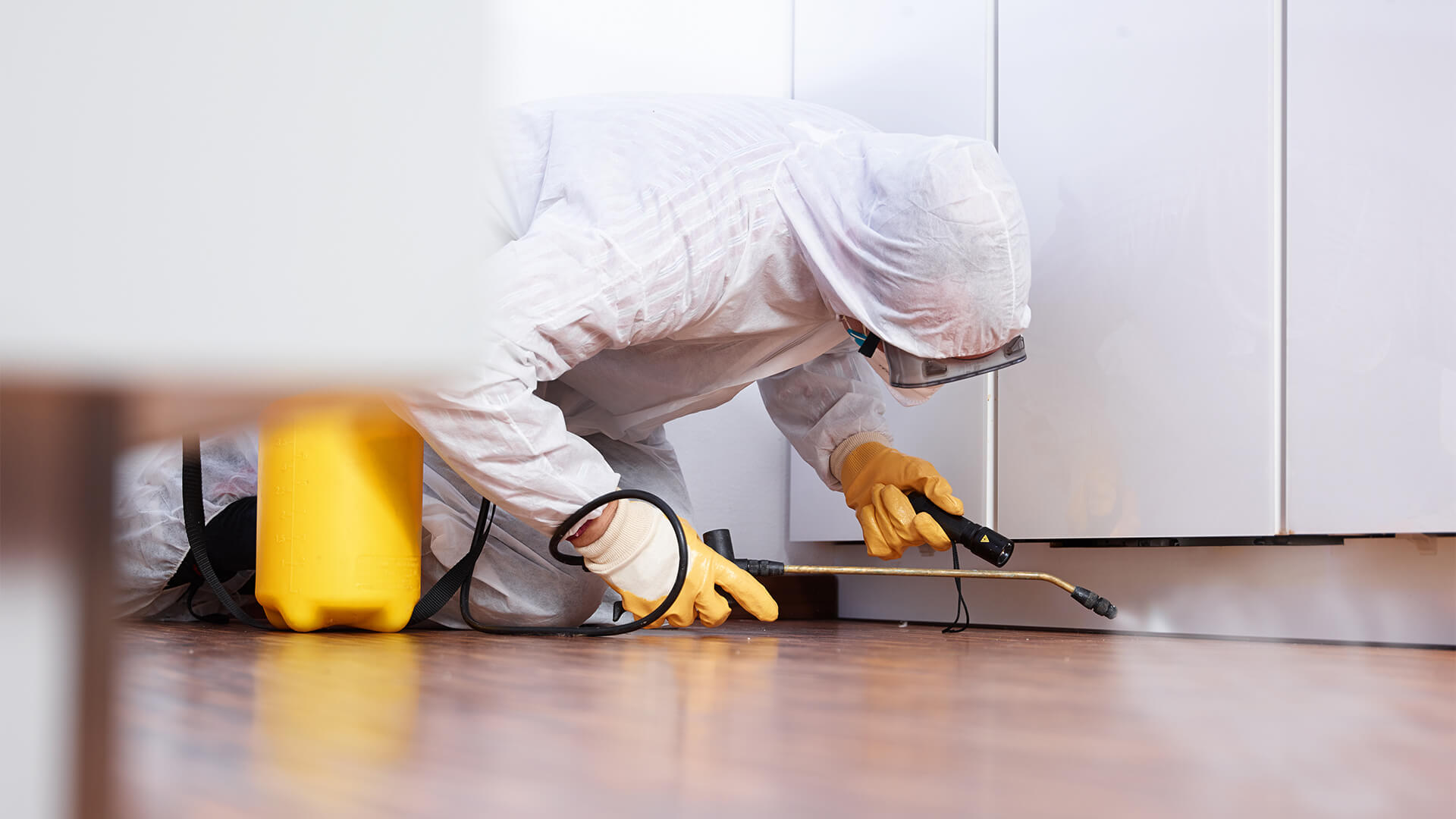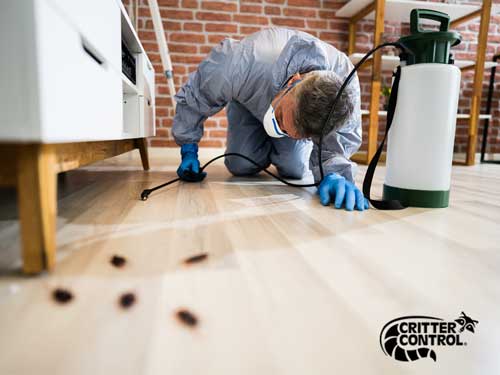Top-rated A1 Portland Bed Bug Exterminator - Quality You Can Trust
Top-rated A1 Portland Bed Bug Exterminator - Quality You Can Trust
Blog Article
Understanding the Art of Pest Control: Proven Approaches for Long-Term Prevention and Removal
By grasping the art of insect control via tested strategies for lasting prevention and eradication, one can establish a proactive protection against prospective dangers. Comprehending the actions of pests, executing integrated insect management methods, and making use of all-natural remedies are simply a few crucial parts vital to attaining long-term success in this venture.
Comprehending Pest Behavior
To successfully implement pest control techniques, it is important to comprehend the elaborate behaviors showed by different pests in various environments. Understanding pest behavior is a basic aspect of developing reliable insect monitoring strategies. Each insect varieties has one-of-a-kind practices and preferences that influence their breeding, motion, and feeding patterns. By researching these behaviors, insect control professionals can determine the most weak spots in the insect's life cycle to target treatments a lot more efficiently.
As an example, rodents like rats and computer mice are nighttime creatures that like dark, secluded areas near a food resource. a1 portland bed bug exterminator. Knowing this, insect control specialists can focus on sealing entry points and eliminating food attractants to discourage these parasites. In contrast, insects such as cockroaches prosper in cozy, moist locations with access to water. By addressing moisture issues and securing fractures and gaps, problems can be dramatically reduced.
Implementing Integrated Insect Monitoring
Implementing Integrated Bug Monitoring entails using an alternative method to attend to parasite concerns by integrating different control techniques and strategies. This technique emphasizes avoidance, surveillance, and control of insects via a combination of organic, social, physical, and chemical treatments. By incorporating multiple methods, Integrated Parasite Administration (IPM) aims to lessen the usage of pesticides while successfully managing pest populations.
One key aspect of IPM is recognizing the details insect problem and recognizing its behavior and life cycle. This knowledge assists in identifying the most appropriate control actions to execute. Avoidance is additionally a basic concept of IPM, focusing on removing elements that bring in parasites, such as water, food, and sanctuary. Routine surveillance and assessment are necessary to find insect infestations early and avoid them from intensifying.
Additionally, IPM advertises using ecologically friendly and lasting insect control methods to minimize harm to non-target organisms and the bordering community - a1 portland pest control bed bugs. By embracing an Integrated Bug Monitoring method, people and organizations can properly handle insects while decreasing reliance on chemical pesticides
Using Natural Solutions
Structure upon the foundation of Integrated Parasite Monitoring, a shift towards using natural remedies provides an environmentally friendly technique to pest control. Natural remedies harness the power of nature to deter and get rid of pests without making use of rough chemicals that can damage the atmosphere, humans, and valuable microorganisms.

Furthermore, planting pest-repelling plants like marigolds, lavender, and mint around homes and gardens can assist prevent bugs naturally. These plants give off smells that pests discover unpleasant, driving them away without the demand for chemical treatment.
Maintaining Tidiness and Hygiene

Executing a routine cleaning schedule and making sure all members of the Full Report home or workers are informed on correct health practices can go a lengthy way in pest prevention. By preserving cleanliness and hygiene standards, the environment comes to be much less friendly to parasites, inevitably sustaining lasting parasite control efforts.
Normal Inspections and Surveillance
Regular examinations and monitoring play an essential duty in proactively determining and dealing with potential bug problems before they rise. By performing routine evaluations of both the exterior and interior of a home, pest control professionals can spot very early indicators of problems, bug entry factors, and conditions for insect task. Monitoring includes using catches, baits, and various other tools to track insect activity levels and varieties present on the premises. This information is indispensable for figuring out the most reliable treatment methods and reviewing the success of pest control strategies gradually.
Consistent monitoring allows for the very early discovery of insect issues, allowing swift treatment to avoid extensive invasions that can be challenging and expensive to eliminate. Additionally, routine assessments and checking assistance to conform with regulatory requirements and keep a risk-free, pest-free environment for occupants. Applying a proactive strategy via regular evaluations click here to read and tracking is a cornerstone of efficient insect monitoring, providing assurance and long-lasting defense versus pest hazards.
Final Thought
To conclude, understanding the art of pest control includes understanding parasite habits, carrying out integrated bug management, using natural treatments, keeping cleanliness and hygiene, and performing regular assessments and monitoring. By following these tried and tested strategies for long-lasting prevention and eradication, individuals can effectively handle pest infestations and create a healthier and safer atmosphere on their own and their surroundings.
To successfully execute parasite control approaches, it is essential to understand the detailed actions displayed by different bugs in various atmospheres (a1 portland bed bug exterminator). By researching these behaviors, bug control professionals can recognize the most susceptible points in the parasite's life cycle to target interventions a lot more properly
Implementing Integrated Parasite Monitoring involves utilizing a holistic method to address insect issues by incorporating various control techniques and techniques. By keeping cleanliness and health standards, weblink the environment becomes much less hospitable to pests, ultimately supporting lasting pest control efforts.
By performing routine assessments of both the interior and exterior of a home, insect control professionals can discover very early signs of infestations, pest entrance factors, and problems favorable to parasite task.
Report this page